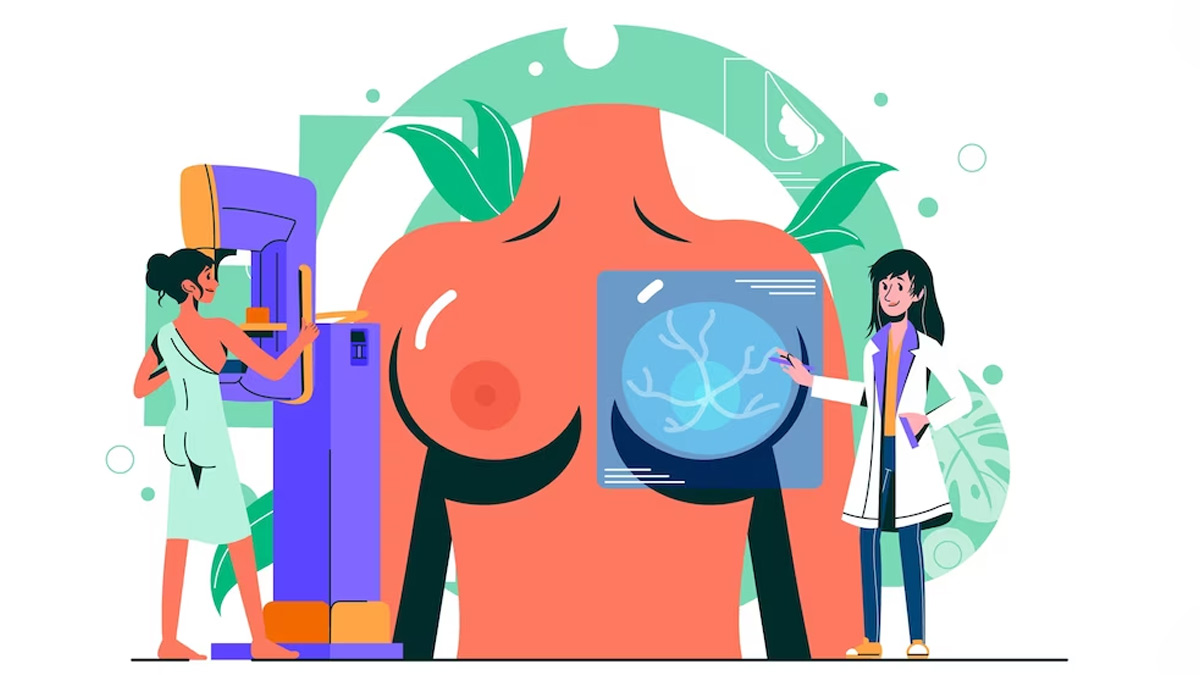
The journey of motherhood brings about a number of challenges for a woman to face, and one area that experiences transformations is the breasts. Amidst all the excitement and challenges that come with nursing a newborn, it becomes important to distinguish between two common yet distinct occurrences: breast enlargement and breast engorgement. These terms are often used interchangeably, but they refer to entirely different phenomena.
“Breast engorgement symptoms differ from person to person. The swelling may appear only in one of the breasts or it may appear in both. The edoema may even extend to the armpit,” said Dr Astha Dayal, Consultant, Obstetrics & Gynaecology, Meddo Dr. Astha Dayal Health Centre.
What Is Breast Enlargement During Pregnancy
This is a normal and expected occurrence during pregnancy and breastfeeding. It is caused by hormonal changes, including an increase in oestrogen and progesterone, which prepare a woman's body for breastfeeding. This begins early in pregnancy and continues throughout the pregnancy. The breasts grow larger, firmer, and more sensitive during this stage.
Also read: Breast Cancer Symptoms Other Than A Lump: When To Take A Mammogram
According to Medical News Today, breast enlargement can cause breasts to feel itchy as the skin stretches. And the breasts may also continue to increase in size after birth during nursing.
The key characteristics of breast enlargement include:
- Gradual Growth: Breast enlargement occurs gradually during pregnancy and doesn't happen overnight. It's part of the body's preparation process for lactation.
- Hormonal Influence: Hormonal changes, primarily oestrogen and progesterone, trigger breast enlargement during pregnancy.
- Minimal Discomfort: While some women may experience breast tenderness or soreness, the discomfort associated with breast enlargement is generally easy to manage
- No Treatment Required: Breast enlargement during pregnancy is a natural process and typically doesn't require medical intervention unless severe pain or complications arise.
Breast Engorgement
Breast engorgement, on the other hand, is a temporary and often painful condition that occurs shortly after giving birth. It is the result of the abrupt increase in milk supply as the mother's body transitions from colostrum (the first milk) to mature milk. This surge in milk production can lead to the breasts becoming overly full, swollen, and uncomfortable. While breast engorgement can happen to any breastfeeding mother, it's more common in those who experience a delay in nursing their baby or have difficulty with latching.

The key characteristics of breast engorgement include:
- Sudden Onset: Breast engorgement typically occurs within a few days after childbirth when the milk supply increases rapidly.
- Pain and Discomfort: Engorged breasts can be extremely painful and uncomfortable. Women often describe a feeling of fullness, heaviness, and tightness in the breasts.
- Latching Difficulties: Due to the swollen and tense nature of the breasts during engorgement, babies may have trouble latching, which can further exacerbate the issue.
- Temporary Nature: Breast engorgement is temporary and usually resolves within a few days to a week as the body adjusts to the baby's nursing demands.
“The treatment for breast engorgement is determined by the woman's nursing status. If you are not a breastfeeding mother, painful breastfeeding will go away after a day. It is better to visit a doctor for medical therapy, but there are some home remedies available as well,” said Dr Dayal.
Also read: Breast Milk Production Can Be A Sign Of High Prolactin Level: Know What It Is
Differences To Know
While breast enlargement and breast engorgement are distinct, they are interconnected in the sense that breast enlargement sets the stage for milk production, which can lead to engorgement after childbirth. Also, the onset timings are different.

Breast enlargement occurs gradually during pregnancy and acts as the body's preparation for breastfeeding. It is normally painless and does not necessitate medical attention. Breast engorgement, on the other hand, is an abrupt and painful condition that occurs after giving birth due to an increase in milk supply. Engorgement can be eased using a variety of methods, such as regular nursing, manual expression, and warm compresses.
Recognising the characteristics of each condition and knowing how to manage them can help mothers navigate the challenges of breastfeeding more effectively and comfortably.
Also watch this video
How we keep this article up to date:
We work with experts and keep a close eye on the latest in health and wellness. Whenever there is a new research or helpful information, we update our articles with accurate and useful advice.
Current Version